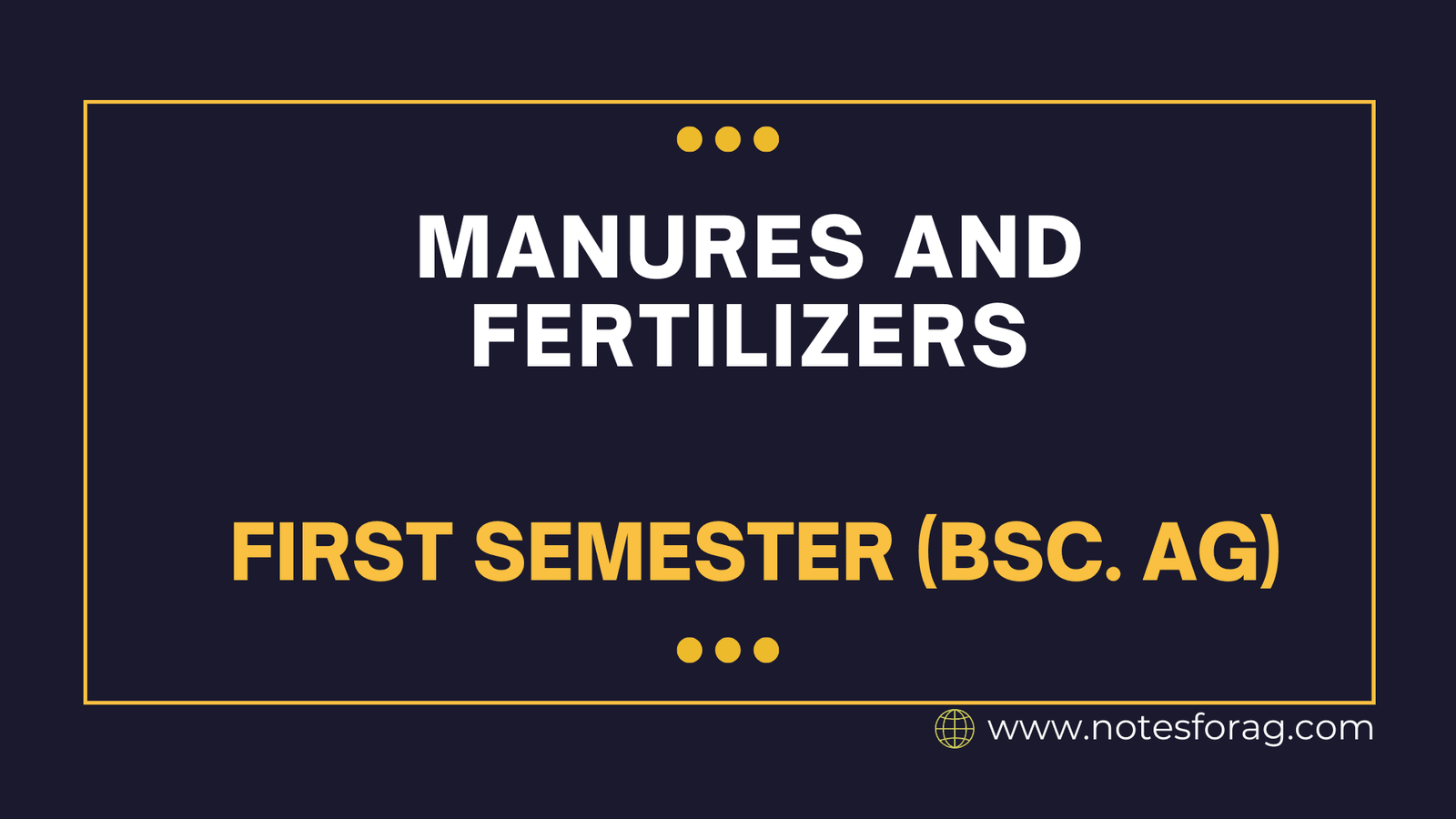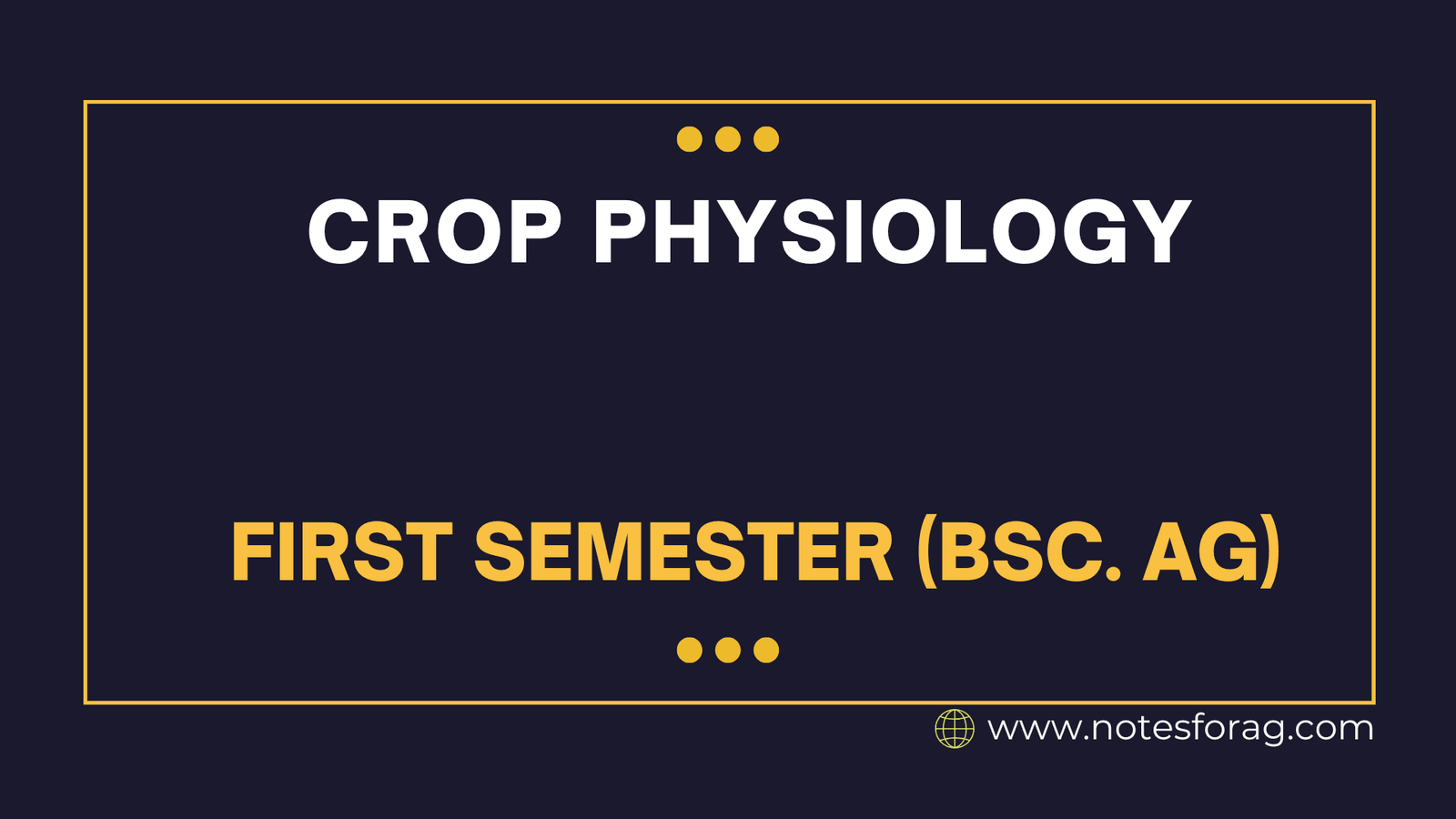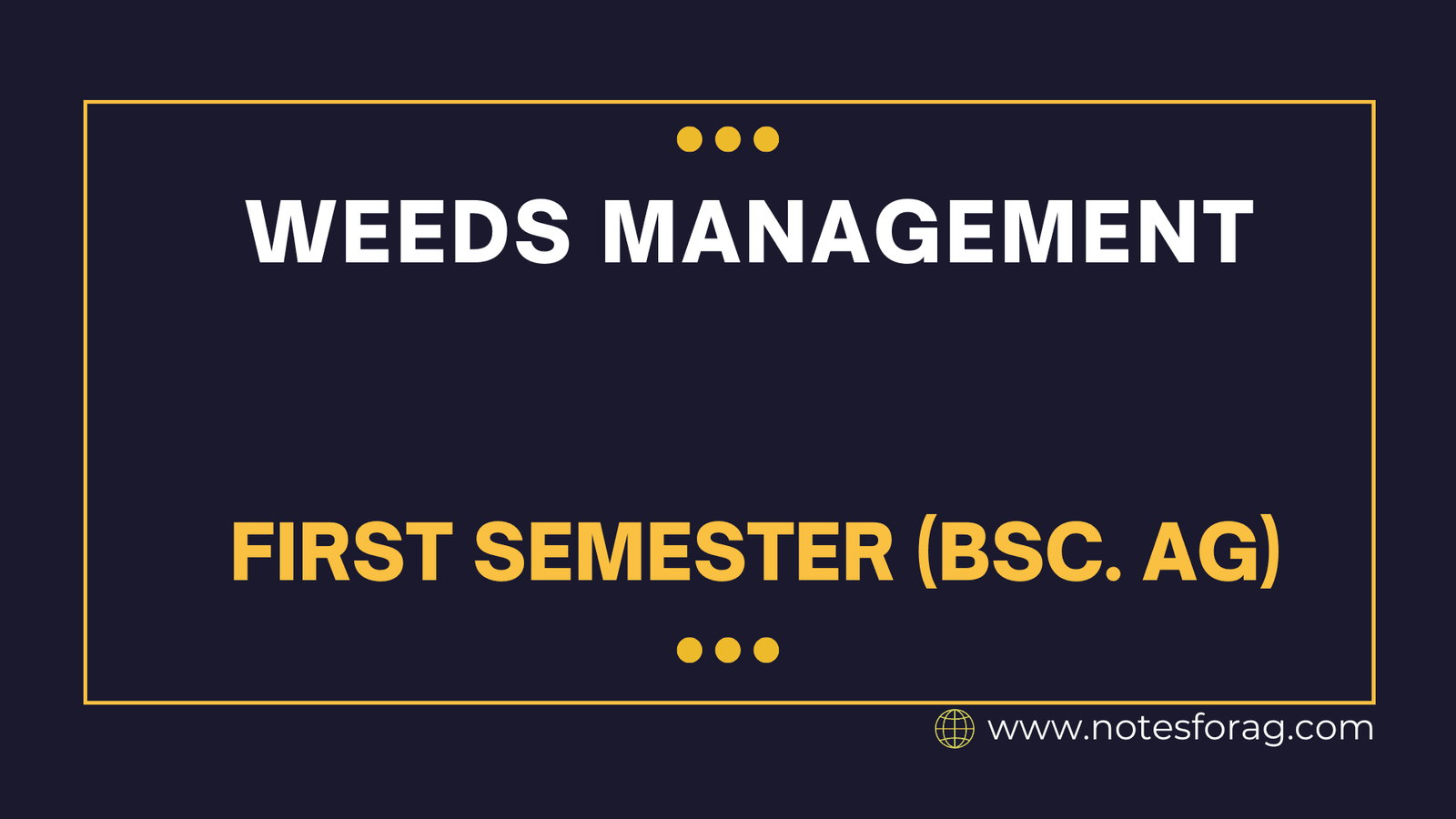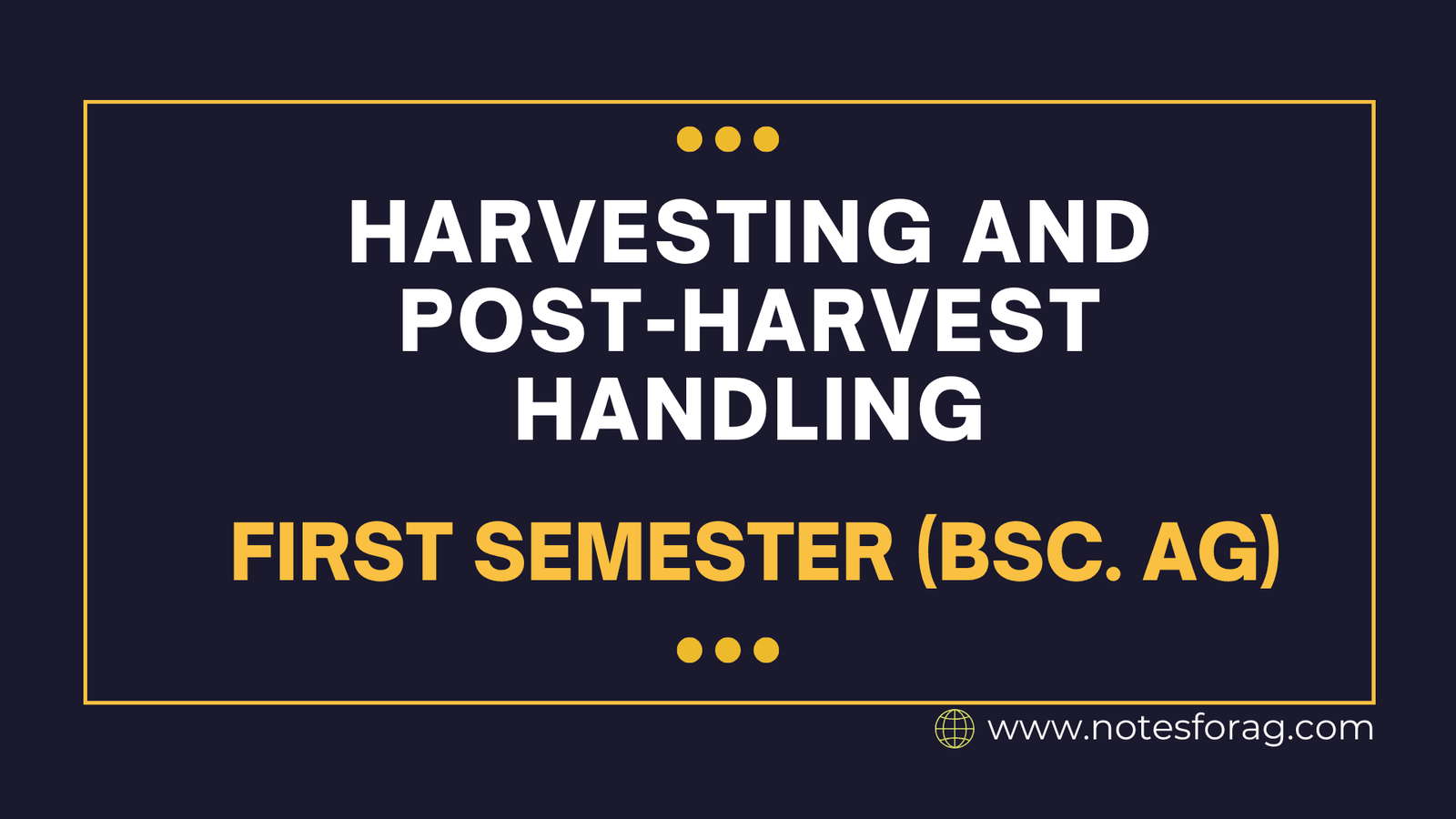Pest and Disease Management
Pest and disease management is a critical aspect of sustainable agriculture. Pests such as insects, fungi, bacteria, and viruses can cause significant crop damage, leading to reduced yields and economic losses for farmers. Conventional pest control methods rely heavily on chemical pesticides, but excessive use of these chemicals can lead to environmental pollution, pest resistance, … Read more










